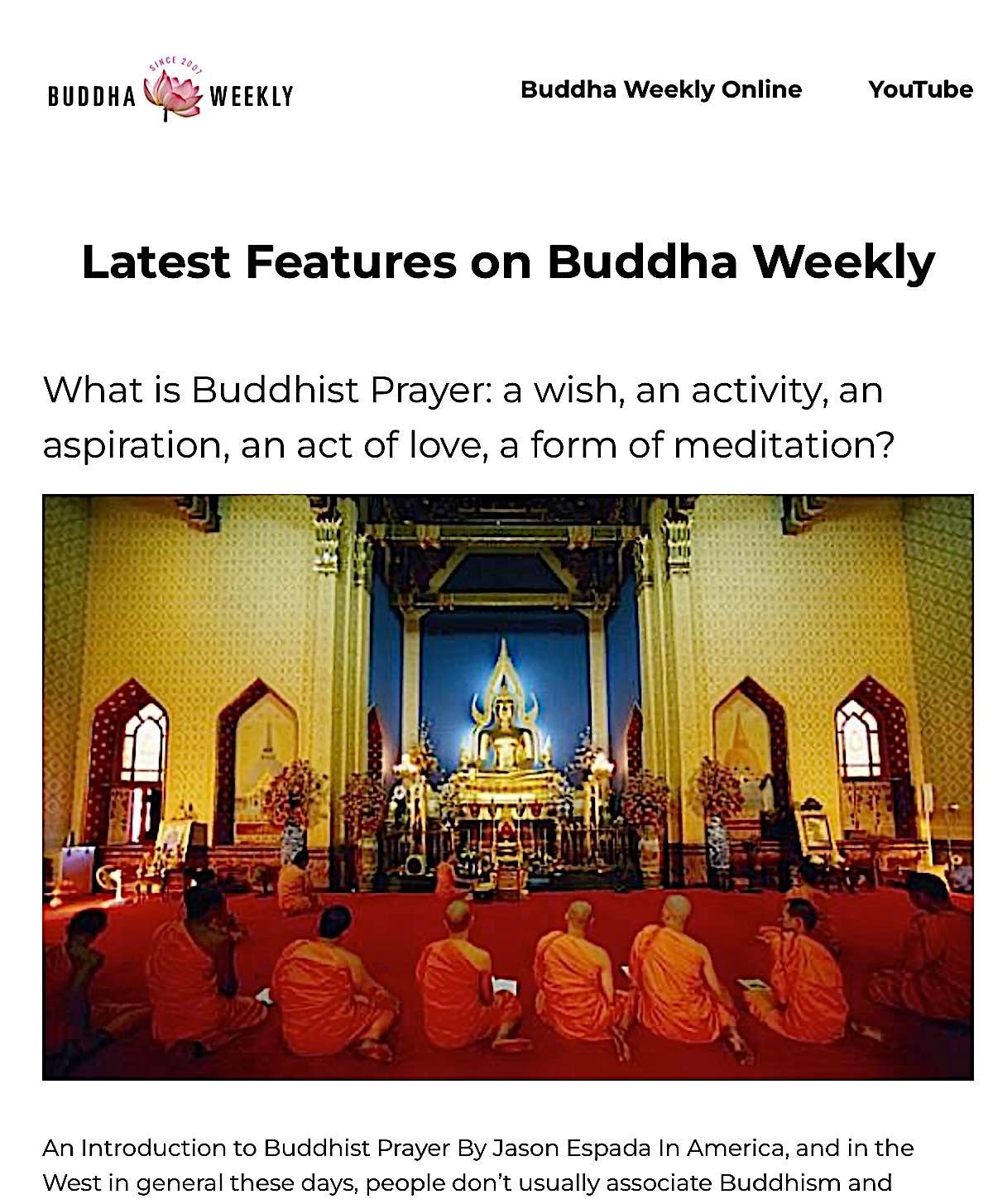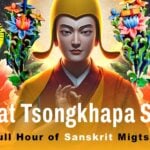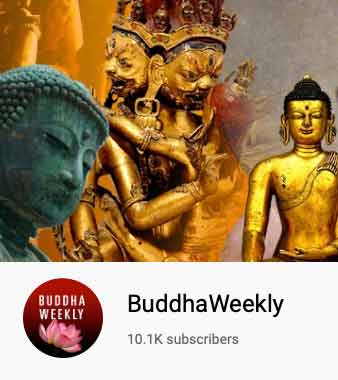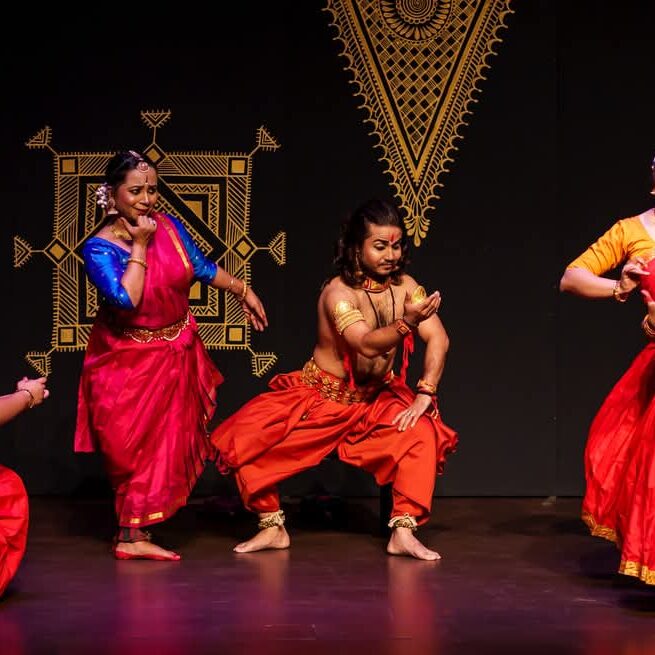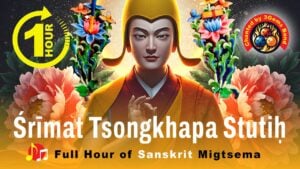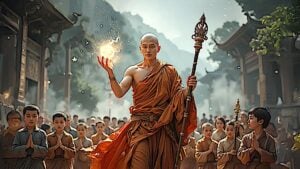Majjhima Patipad – A dance-drama based on the Buddha’s life
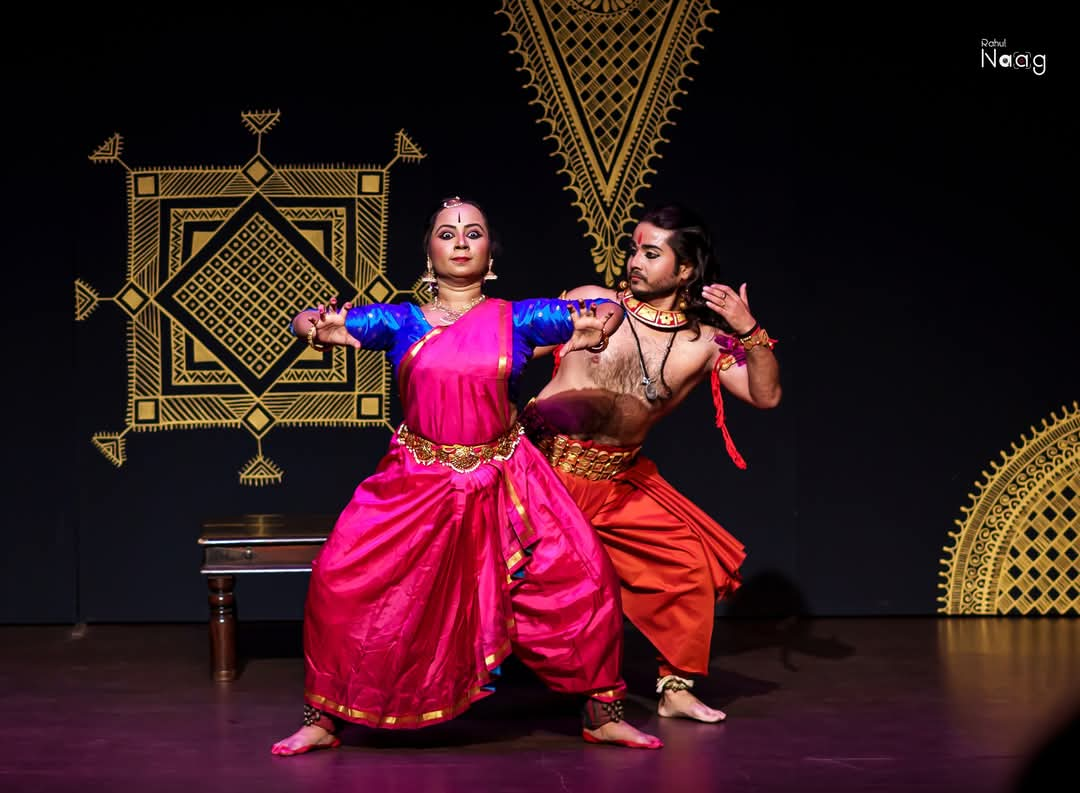
A mesmerizing performance centered on the Buddhist Middle Path – the Majjhima Patipad – was held in New Delhi, India on 23rd May of this year.
By Umang Kuman
(Bio below.)
The event was conceived and written by Delhi-based founder of Bhagyam Arts and Ideas, a local cultural organization, Suranya Aiyar. She also acted as the narrator who connected the various threads and parts of the story. The scenes of the storyline were enacted in the form of dance by local dancers Swarnali Kundu and Akash Mallick. It featured songs and a background score by musicians on-stage.
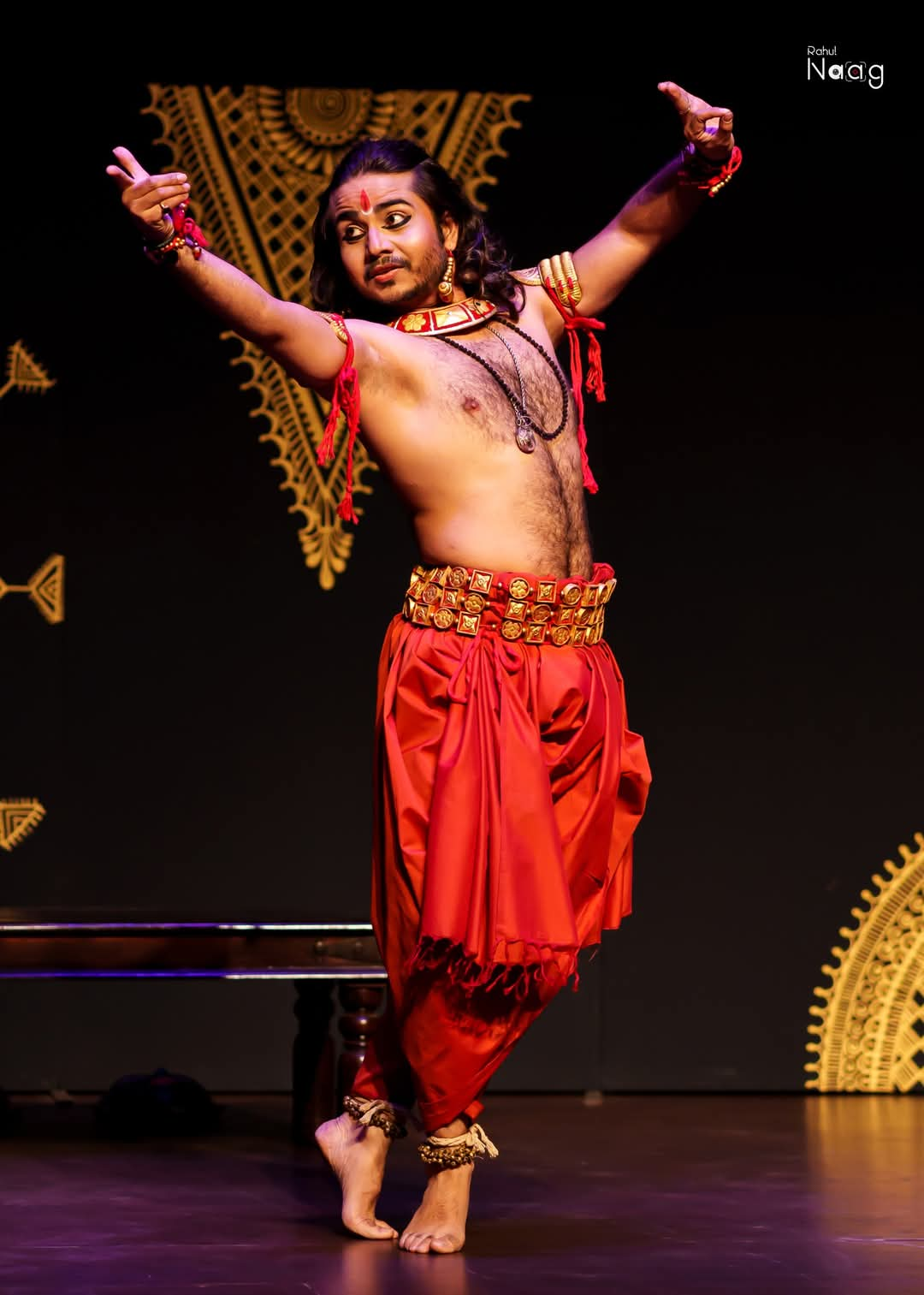
The performance was split into four acts. It utilized material from the Pali and Sanskrit languages, as well as from Sinhala and Bhutanese traditions.
The first act presented the birth of the Buddha, followed by his life as a young prince – the prince Siddhartha – with his wife Yashodhara. It included the scenes from his decision to renounce the world to seek enlightenment (Maha–Abhinikkhamana in Pali).
One of the highlights of this act was the celebrated Sri Lankan dance composition, Thuranga Vannama. This depicted the grief of Prince Siddhartha’s favourite horse Kanthaka, as Siddhartha decides to depart his home discreetly astride Kanthaka.
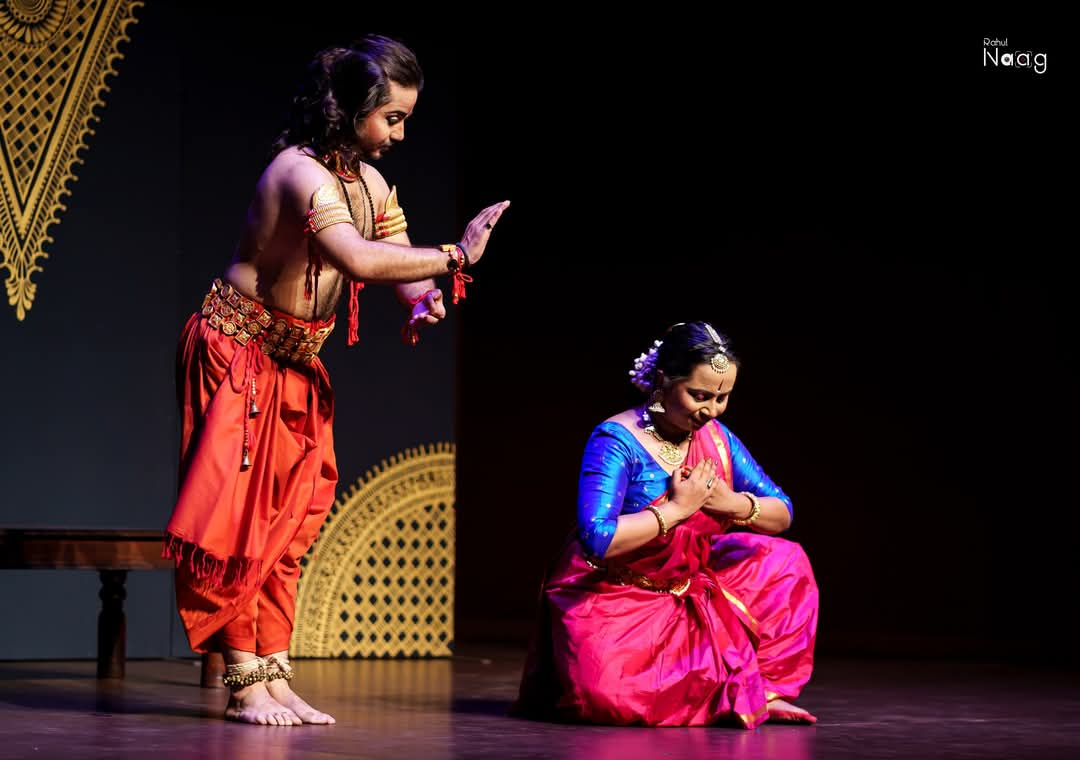
Suranya, the narrator, held up an image of a carving from Gandhara (now in Pakistan and Afghanistan) to illustrate the scene of the departure. The carving shows the devas, gods in attendance as the future Buddha was leaving, holding Kanthaka’s feet in their palms so there would be no sound.
The second act included the Buddha’s crucial insight into the Middle Way (the Majjhima Patipad), after which the event was titled. This insight enabled him to teach a spiritual path that was between the two extremes of sensual delight and physical mortification. The act also included the legend of the courtesan Amrapali who became a Buddhist nun.
The third act detailed the pacification of the raging elephant Nalagiri by the Buddha and was accompanied by fine dance moves. These brought to life the terror evoked by a raging elephant, and the legendary calm of the Buddha who confronted it calmly.
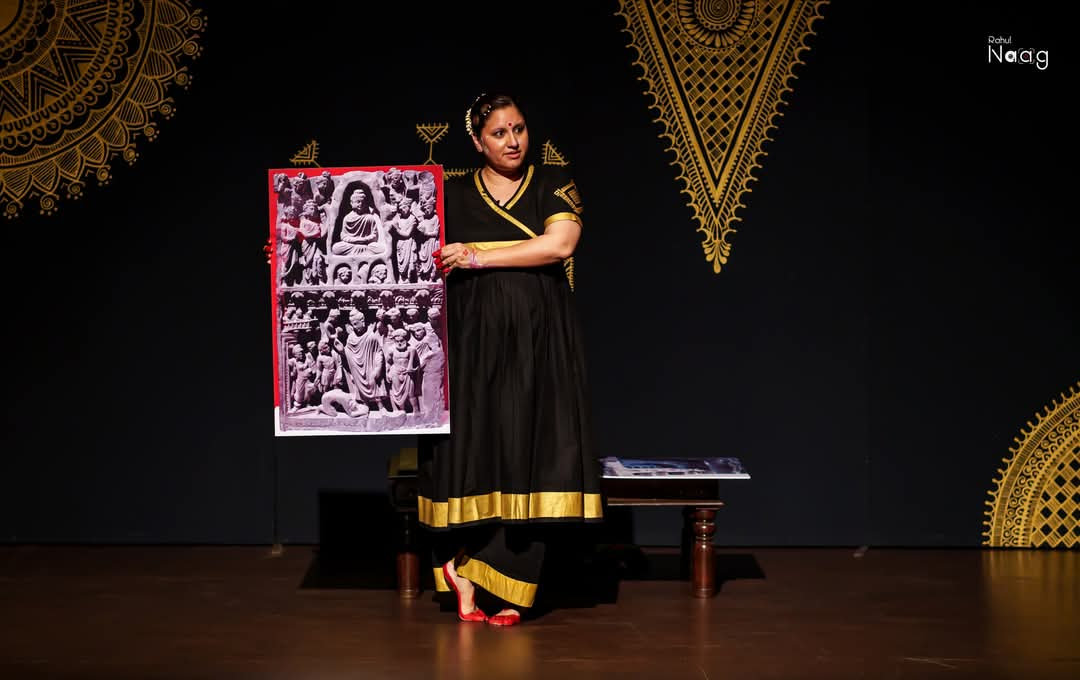
The fourth and final act depicted scenes from the life of Buddha’s greatest Indian follower – Emperor Ashoka.
This act was set to a song composed by Suranya employing lines from Ashoka’s Toleration Edict, also known as the Major Rock Edict XII (these edicts, or messages, were often chiseled onto rocks and pillars throughout Ashoka’s kingdom). The Edict advocates that all sects (sava-pasamdani in Prakrit) should live together in peace and amity. In the song there are the original words in the Prakrit of the rock inscription and some lines in the modern Hindustani language.
The act opens with Emperor Ashoka on the battlefield at Kalinga, in eastern India, ready for battle. The battle ensues and at the end of it we see Ashoka regretting the devastation caused. He takes out his sword and gives it up to the nearby river. He then enacts the words of the song in the form of a dance – that all creeds should live in peace and follow a doctrine of open heartedness, open mindedness and goodwill towards all. The act ends with the dancers depicting the rock edicts and stone pillars put up by Ashoka that carried his messages.
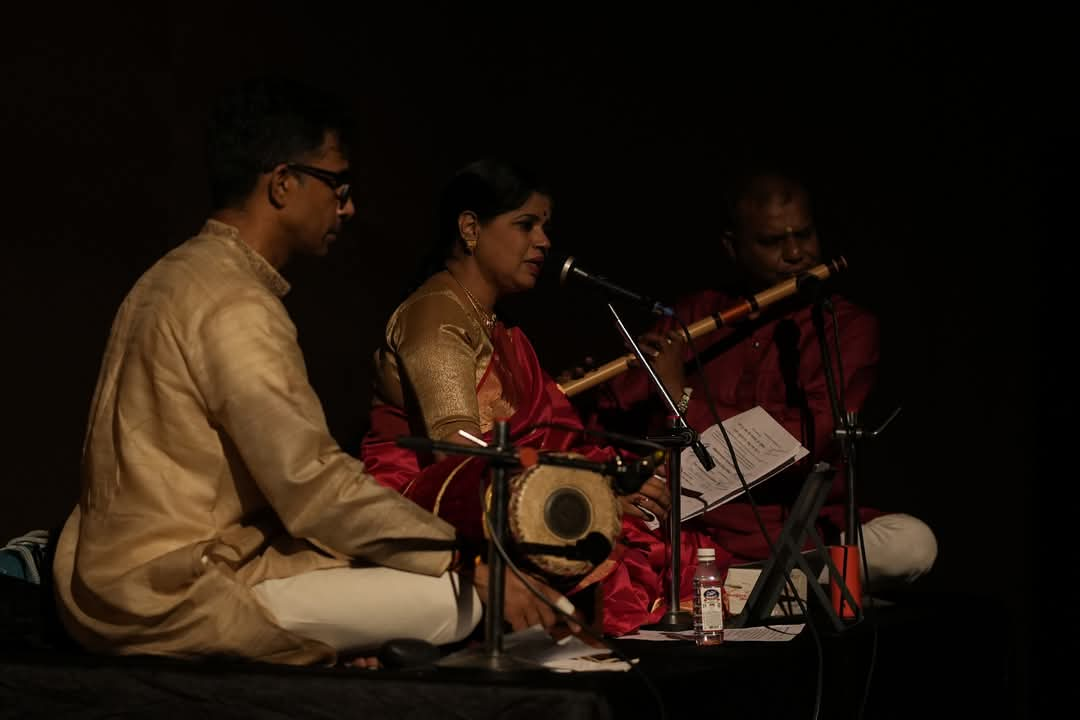
The show was blessed with very talented artists who enhanced the storyline and made it a visual treasure. The dancers, Swarnali Kundu and Akash Mallick, are trained in classical Indian dance-forms like Bharatnatyam, Kuchipudi and Kathakali. They are both masters of expressive performances.
The singer, Sudha Raghuraman belongs to an illustrious family steeped in music. She is an accomplished and much-respected musician in the Carnatic musical genre of India. The flautist, G.Raghuraman, is also from a family of musicians and internationally acclaimed.
The percussionist, playing the horizontal drum called mridangam, M.V. Chander Shekar is again, highly acclaimed. He is adept in playing both for Carnatic concerts and dance recitals and has won appreciation widely. He heart-quickening beats at key moments in the current play, say, when the steed Kanthaka transports Prince Siddhartha, were greeted with loud applause.
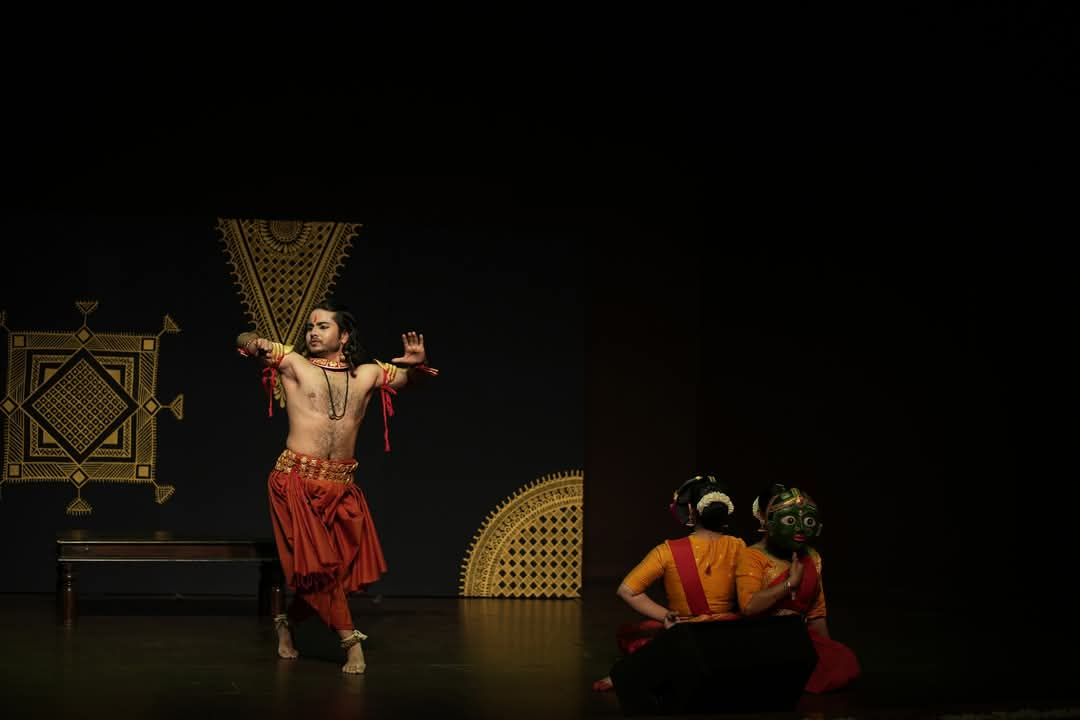
The writer, Suranya, explained that the dance-drama is the form she has utilized for some of her other productions:
“This is the form I have been working in, generally – a multilingual dance drama with a Sutradhar [an on-stage narrator] through traditional art forms.”
Several factors came together to inspire her to pen this performance. “I published a long blog in February [of 2025] on the history of South India which I worked on for nearly a year, and discovered the deep and long history of Buddhism in South India,” she said, pointing to her initial impulse.
She then happened to speak to a Sri Lankan lady who had watched one of her other programmes. The Sri Lankan lady introduced her to the Thuranga Vannama, which really touched her. Around that time also began the agitation to restore the Mahabodhi temple in Bodh Gaya, India, to complete Buddhist control. These factors and events awakened in her mind the desire to craft a show centered on Gautama Buddha.
“The production took about six weeks. The most time went in researching and writing the script, and choosing the songs,” she revealed.
Regarding the crucial coordination with the dancers and the musicians, Suranya confessed it involved a barrage of communication between all the participants. “My dancer-and-musician friends and gurus are used to getting audio notes and long messages with photos, clips of dancers and singers from five in the morning when an idea is upon me,” she explained with a touch of humor.
“But all Indian traditional artists are very knowledgeable about many things – besides dance and song, they have a wide ranging knowledge of mythology, ancient religious and literary texts, carvings and paintings,” she added. This facilitated a smoother artistic co-operation.
“For this show, besides going over the story sequence and discussing how to tell the story, I put together a series of visual catalogues for the dancers, showing them photos of Buddhist sculpture and art. These really formed the heart and soul of this production,” she elaborated.
On the whole, designing and producing the performance was akin to a spiritual journey for her.
“I needed to go through my own inner process of meditating on the Buddha to understand his life and message. In particular, as a woman and a mother, I had my reservations about his choices,” she confessed.
But in the end, digging deep into the teachings and incidents connected with the Buddha for this performance, his message resonated with her. That profound inspiration found its efflorescence in the form of this well-researched and aesthetically rich performance, the Majjhima Patipad.
Biography of Author
Umang Kumar has been a student of Buddhism for several years now, both formally in academic settings and informally, as a layperson. His interests are in the transmission of the Buddha story and the spread of Buddhism. He is also interested in the Buddhist epistemological tradition. He spent several years in the northeast United States and is currently located in the New Delhi area of India.
More articles by this author
Search
Latest Features
Please support the "Spread the Dharma" mission as one of our heroic Dharma Supporting Members, or with a one-time donation.
Please Help Support the “Spread the Dharma” Mission!
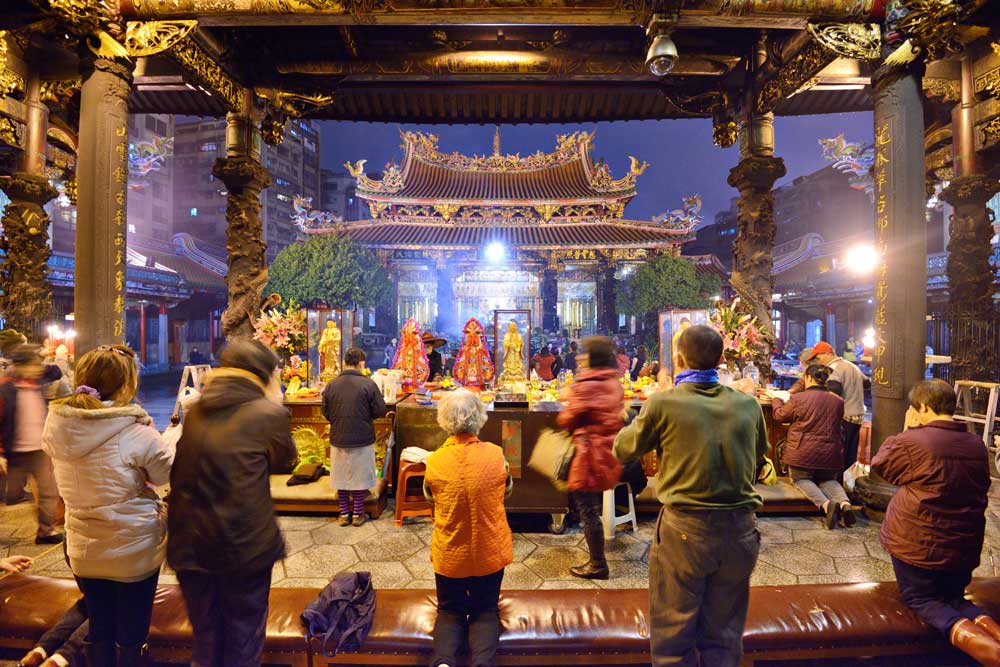
Be a part of the noble mission as a supporting member or a patron, or a volunteer contributor of content.
The power of Dharma to help sentient beings, in part, lies in ensuring access to Buddha’s precious Dharma — the mission of Buddha Weekly. We can’t do it without you!
A non-profit association since 2007, Buddha Weekly published many feature articles, videos, and, podcasts. Please consider supporting the mission to preserve and “Spread the Dharma." Your support as either a patron or a supporting member helps defray the high costs of producing quality Dharma content. Thank you! Learn more here, or become one of our super karma heroes on Patreon.
Umang Kumar
Author | Buddha Weekly
Umang Kumar has been a student of Buddhism for several years now, both formally in academic settings and informally, as a layperson. His interests are in the transmission of the Buddha story and the spread of Buddhism. He is also interested in the Buddhist epistemological tradition. He spent several years in the northeast United States and is currently located in the New Delhi area of India.

